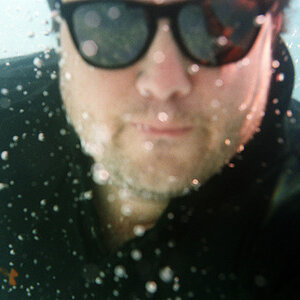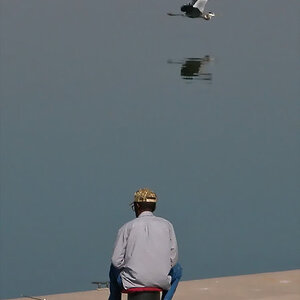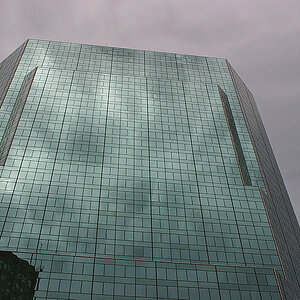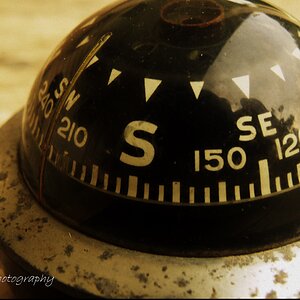TamiyaGuy
No longer a newbie, moving up!
- Joined
- Jun 25, 2007
- Messages
- 1,078
- Reaction score
- 0
- Location
- Chelmsford, UK
- Can others edit my Photos
- Photos OK to edit
*arrives in a long, black leather jacket* Yo, dawg, I got what you need. Just come 'round back, and you'll have all da pixels in tha' world...lol..... I'm sure if I just had more megapixels my pictures would be so much better...
anyone selling any spare megapixels or know of any megapixel dealers???
I need another 3 meg of exposure megapixels and 4 meg of compositional megapixels...

And Mav, yet again, I totally agree with you. From where I see it, pixels are almost now used as a mere marketing tool. You can get 12mp compact cameras nowadays that are advertised as being the best of the best, and I guarantee that a D40 or Rebel would be able to kick the crap out of it in terms of image quality. Extra pixels are only useful if the technology to harness those pixels increases as well. And there are plenty of things to worry about that in some ways are more important than more and more pixels. Image processors, for example. If you didn't have one of those, you could have a 20 Gigapixel camera and you wouldn't be able to take a photo!
And what's the use of a 26mp camera if the person behind it can't tell his playback button from his shutter release! (I actually know a person like that, they kept pressing the Playback button and wondered why it didn't take a photo...



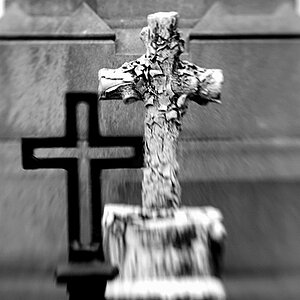
![[No title]](/data/xfmg/thumbnail/42/42257-4c4b35d60337b1b4ec661332486a33be.jpg?1619740066)



